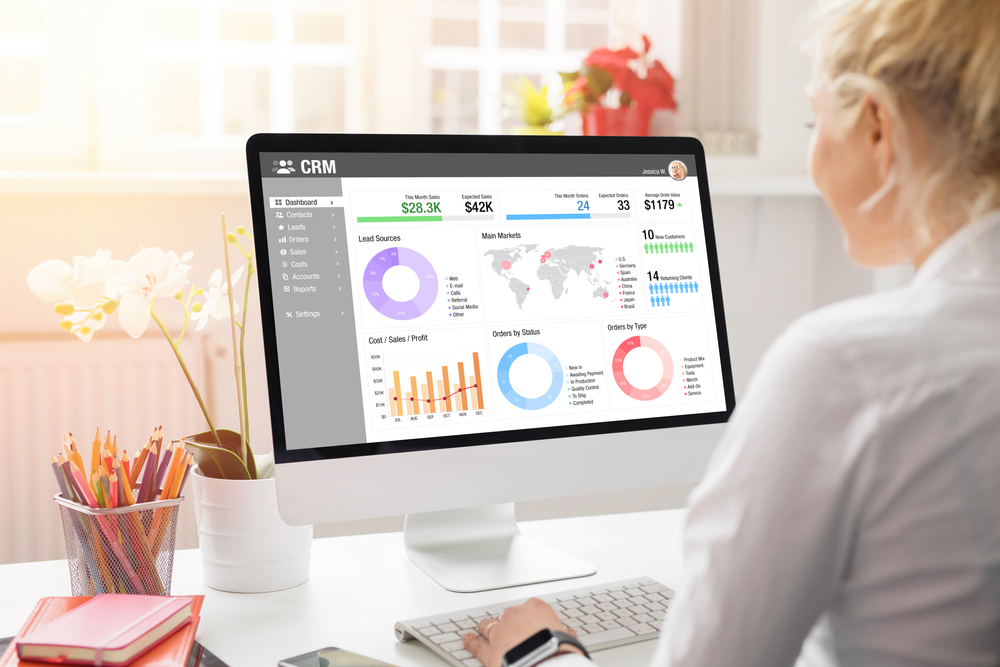Are you considering hopping on the pay per click marketing bandwagon but have no idea where to start? Don’t worry; you’re not alone. PPC marketing can seem daunting, particularly if you don’t have any experience with it. But, it can be one of the most effective methods for driving traffic to your site and building brand awareness. In this guide, we’ll break down the basics of PPC marketing and walk you through the steps to get started.

What is Pay Per Click Marketing?
Pay per click marketing is a type of digital advertising in which you bid against other advertisers for ad placement in search engine results pages (SERPs), social media platforms, or websites. These ads are usually displayed at the top or side of the first page of search engine results or social media platforms.
As the term implies, you only pay (an agreed-upon amount) for each click your ad receives, hence the name “pay per click marketing.” Since you only pay when a user clicks your ad, it is an effective way to control advertising costs and track your return on investment (ROI).
Pay Per Click Advertising Explained
Pay per click marketing advertising is distinct from traditional advertising in that your ad only appears when a user types in specific keywords or phrases into a search engine or clicks on an ad in social media platforms as well as websites. This ensures that people who are interested in your product or service see your advertisement, making it more likely that they will convert into potential customers. Here are the different types of PPC marketing to consider.
Search Advertising
Search advertising involves bidding on keywords that potential customers are likely to use when searching for your product or service. Once a user types in those keywords, your ad appears on top of the search engine ranks. The amount you pay for each click varies according to the competition for that keyword. By choosing the right keywords, you can drive traffic to your site at a lower cost.
Display Ads
This type of PPC marketing displays your ads on partner websites, which may include some of the most popular websites in your niche. They can appear in the form of banners, videos, or text ads. Here, targeting your customer personas is important. With effective targeting, display ads can help you keep your brand on your target market’s top minds.
Social Media Advertising
With social media marketing you can set up ads on Facebook, Instagram, or Twitter that target a particular audience based on demographics, interests, behaviors, or online activities. These platforms have sophisticated algorithms that can help you reach your target audience at an affordable cost, making them an excellent starting point for pay per click marketing beginners.
How to Get Started with PPC Marketing
So, you’ve decided that PPC marketing is right for your business. What’s next? Here are the steps to follow:
1.Define Your Target Audience and Goals
The first step in any marketing strategy is defining your target customers and your goals. Identify the specific demographics of your ideal customer base (age, gender, education, location, income level), and determine the specific goals you want to achieve with pay per click marketing, whether it be generating leads, driving conversions, or increasing brand awareness.
2.Set up a Google AdWords Account
Google AdWords is one of the most popular platforms for PPC marketing. To create an AdWords account, go to Google AdWords, click the “start now” button and sign in to your Google account.
3.Conduct Keyword Research
Effective keyword research is vital to the success of your PPC marketing campaign. Conducting keyword research will help you determine the keywords that your target audience is using and how to use those keywords to drive relevant traffic to your site.
4.Write Ad Copy
Start by writing ad copy that resonates with your target audience and is optimized for the specific keywords you want to target. Ensure that the copy highlights the unique selling points of your product or service.
5.Set a Budget and Bid on Keywords
Set a daily budget that you can comfortably afford and start bidding on keywords. Bid effectively and prioritize the keywords that will drive the most traffic to your site while keeping your cost-per-click (CPC) low.
6.Rack and Optimize Your Results
Monitor your results, track your conversions, and evaluate what works and what doesn’t. Start by reviewing and editing your targeting options, keyword choices, ad text, and bids. Keep refining your campaign interactively to keep boosting your success rate.
Pay per click marketing is a highly cost-effective way to drive relevant traffic to your site and increase your brand’s exposure. If you’re willing to take the time to master it, get started by selecting one of the platforms, targeting your audience, and creating compelling ad copy that highlights your products and services. By tracking and analyzing your results and making the necessary changes, you’ll be on your way to driving outstanding results and ROI for your business.
